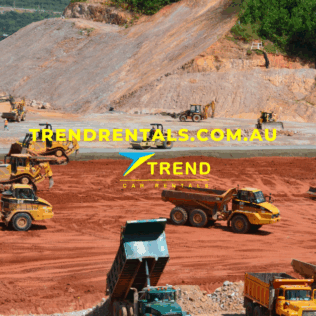Operating mine spec vehicles in Australia’s mining and resource sectors is not just about driving—it’s about safety, compliance, and readiness in some of the harshest environments on Earth. Whether you’re managing a fleet for BHP, Rio Tinto, or a regional contractor, training your staff to operate mine spec vehicles safely is essential to protect lives, meet legal obligations, and ensure operational efficiency.
In this guide, we’ll explore how to train staff for safe mine spec vehicle operation, covering everything from compliance and vehicle familiarisation to emergency preparedness and ongoing assessments. We’ll also link to key resources from Trend Rentals to help you build a robust training framework.
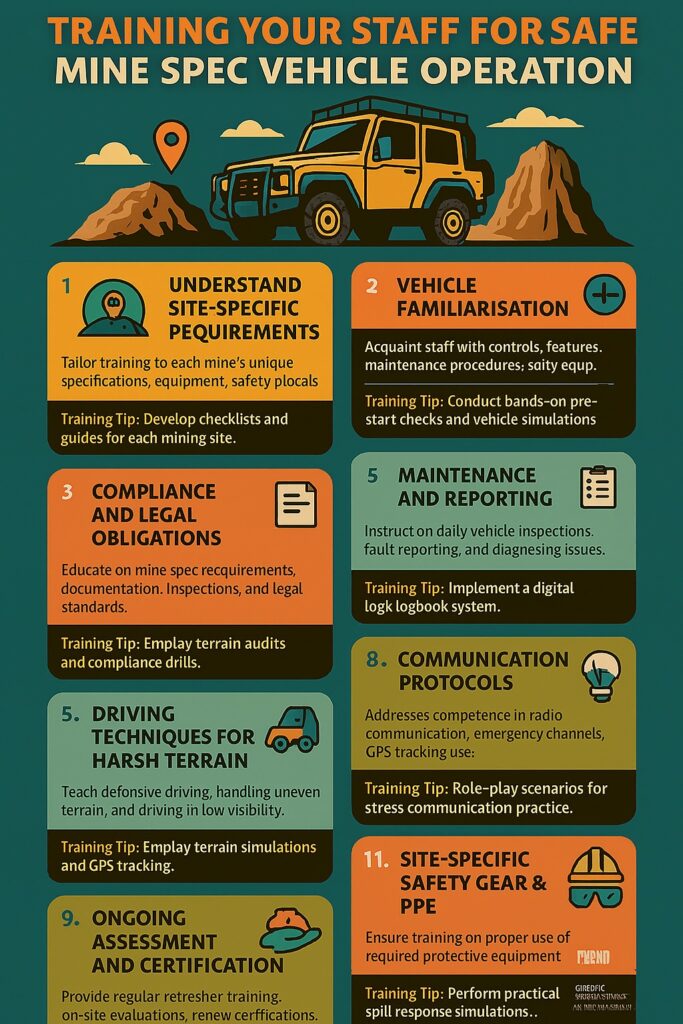
🚜 What Are Mine Spec Vehicles?
Mine spec vehicles are standard vehicles modified to meet the safety and operational requirements of mining sites. These modifications vary by site and operator but typically include:
- Roll-over protection systems (ROPS)
- High-visibility markings
- Two-way radios and GPS tracking
- Battery isolators and fire extinguishers
- Safety signage and lighting
For a deeper dive into mine spec features, check out The Role of Mine Spec Vehicles in Remote Site Safety.
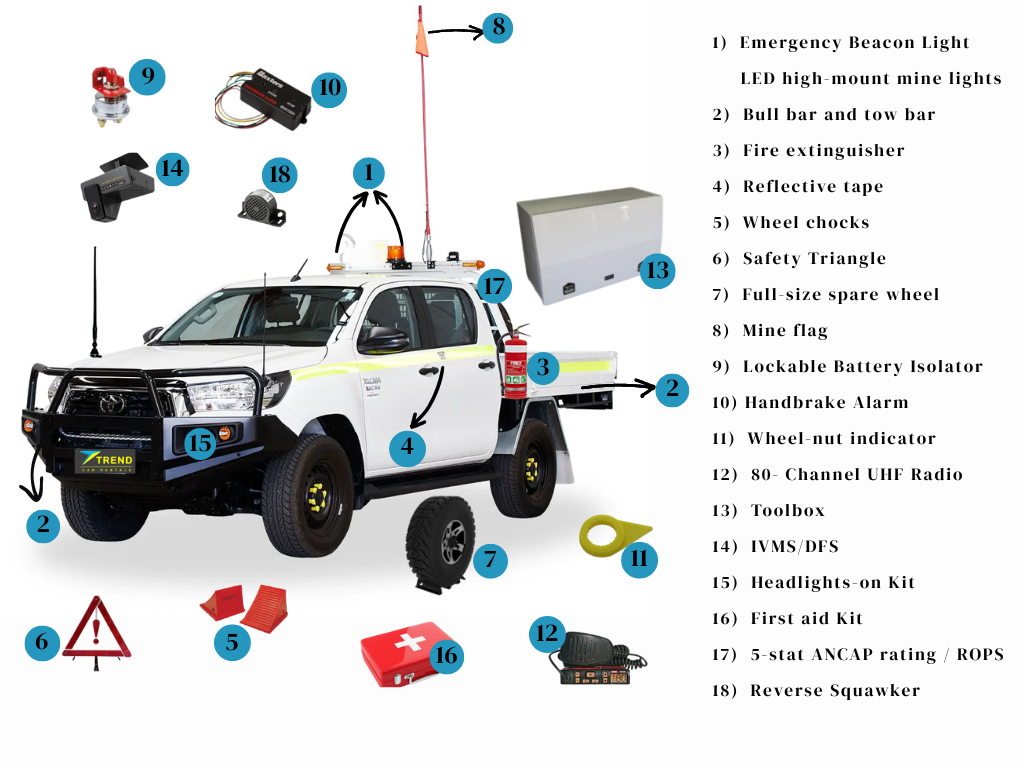
🛡️ Why Training Matters
Training isn’t just about ticking boxes—it’s about equipping your team to handle high-risk environments confidently. Poorly trained operators can:
- Misuse safety equipment
- Fail to respond appropriately in emergencies
- Breach site-specific compliance rules
- Cause accidents that lead to injury or downtime
Proper training ensures that your staff understands both the vehicle and the environment in which they operate.

🧭 Step-by-Step Training Framework
1. Understand Site-Specific Requirements
Each mining site has its own mine spec standards. Before training begins, ensure your team understands the specific requirements of the site they’ll be working on.
Trend Rentals offers a detailed breakdown of these differences in Mine-Spec Vehicle Requirements by Mining Site in Australia.
Training Tip: Create a checklist for each site your team operates on. Include vehicle specs, PPE requirements, and communication protocols.
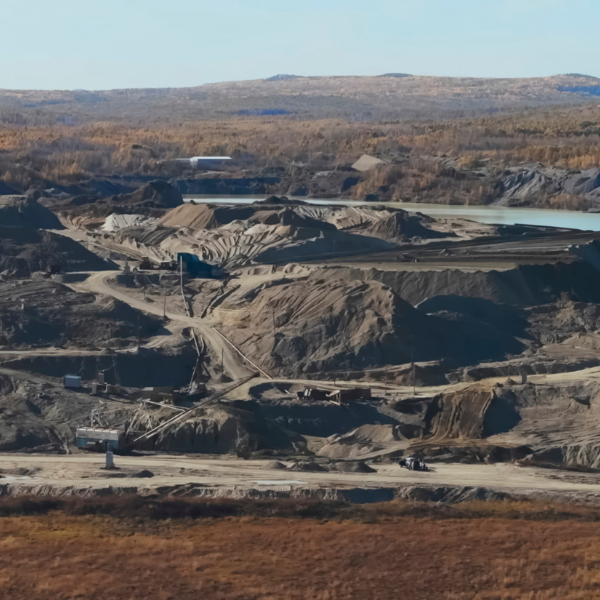
2. Vehicle Familiarisation
Operators must be familiar with the specific mine spec vehicle they’ll be using. This includes:
- Controls and dashboard layout
- Safety features and emergency equipment
- Maintenance checks and reporting procedures
Training Tip: Use hands-on walkthroughs and simulations. Encourage operators to perform pre-start checks and identify safety features.
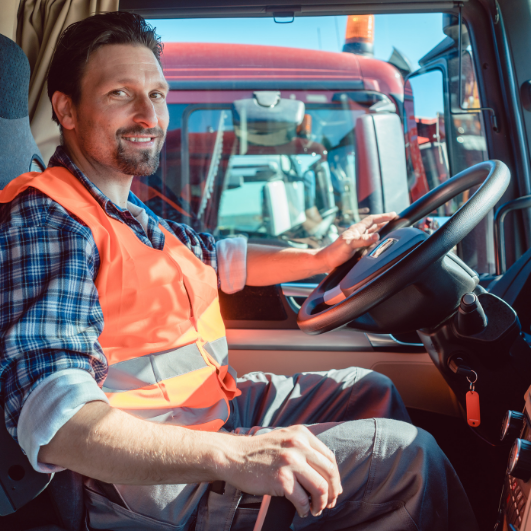
3. Compliance and Legal Obligations
Mine spec compliance is a legal necessity. Training should include:
- Understanding vehicle compliance standards
- Documentation and inspection protocols
- Reporting non-compliance or faults
Explore Mine Spec Compliance Explained for a full overview.
Training Tip: Include mock audits and compliance drills in your training program.

4. Emergency Preparedness
Remote mining sites are prone to emergencies—from mechanical failures to medical incidents. Staff must be trained to:
- Use emergency equipment (e.g., fire extinguishers, radios)
- Follow evacuation protocols
- Communicate effectively under pressure
Trend Rentals outlines key strategies in Emergency Preparedness: How to Equip Your Fleet for Remote Operations.
Training Tip: Run regular emergency simulations and debriefs to reinforce procedures.
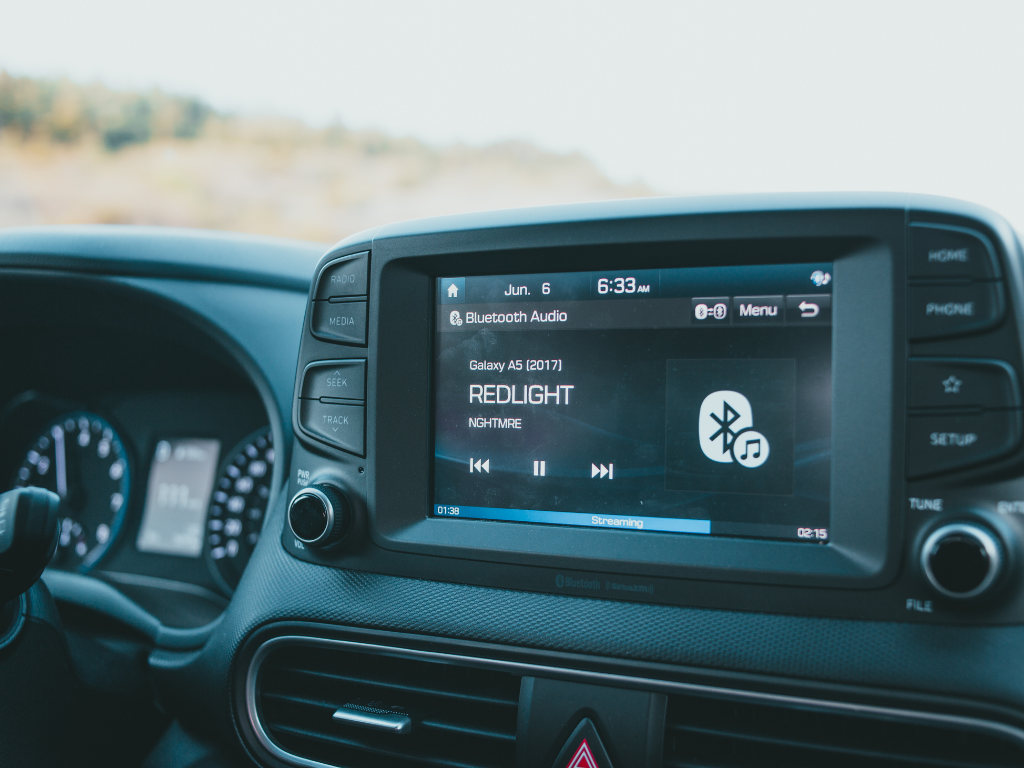
5. Driving Techniques for Harsh Terrain
Mine spec vehicles often operate in rugged, remote environments. Training should cover:
- Defensive driving techniques
- Navigating uneven terrain and slopes
- Managing visibility and dust
For insights into terrain-specific best practices, read Best Practices for Mine Spec Vehicle Use in Remote Australian Outback Locations.
Training Tip: Use real-world terrain simulations and GPS tracking to monitor driving behaviour.

6. Maintenance and Reporting
Operators should be trained to:
- Conduct daily vehicle inspections
- Report faults immediately
- Understand basic mechanical issues
Training Tip: Create a digital logbook system for inspections and fault reporting.
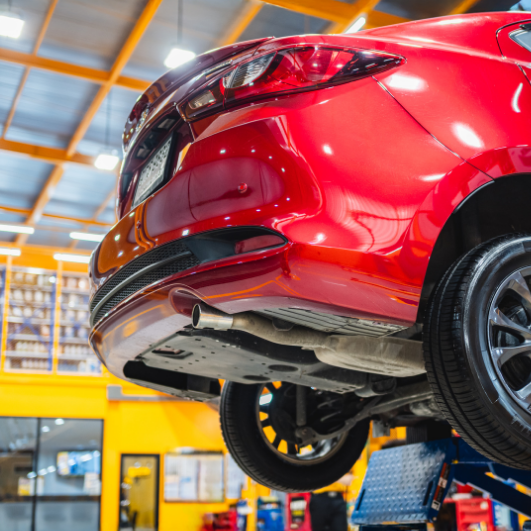
7. Communication Protocols
Clear communication is vital in remote sites. Training should include:
- Radio usage and etiquette
- Emergency communication procedures
- GPS and tracking systems
Training Tip: Include role-play scenarios to practice communication under stress.
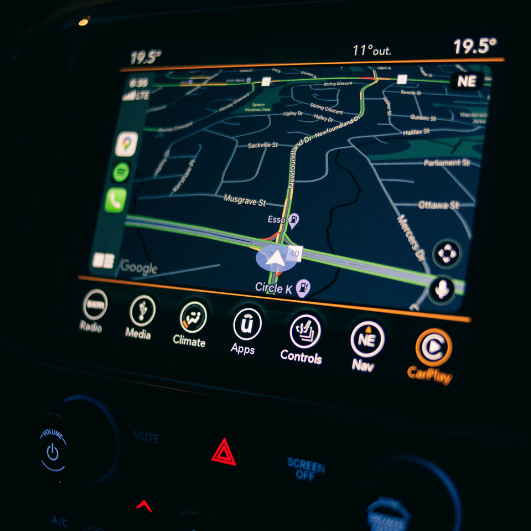
8. Fatigue and Mental Health Awareness
Mining environments can be physically and mentally taxing. Training should address:
- Recognising signs of fatigue
- Managing shift schedules
- Accessing mental health resources
Training Tip: Incorporate wellness modules and encourage open dialogue about mental health.

9. Cultural and Environmental Sensitivity
Operators should be aware of:
- Indigenous land protocols
- Environmental protection measures
- Waste and fuel management
Training Tip: Partner with local communities for cultural awareness sessions.

10. Ongoing Assessment and Certification
Training isn’t a one-time event. Implement:
- Regular refresher courses
- On-site assessments
- Certification renewals
Training Tip: Use digital platforms to track training progress and expiry dates.
🧰 Tools and Resources for Effective Training
Here are some tools to enhance your training program:
| Tool | Purpose | Benefit |
|---|---|---|
| Simulation Software | Terrain and emergency scenarios | Realistic practice |
| LMS Platforms | Online modules and tracking | Scalable training |
| Fleet Management Systems | Monitor vehicle use | Data-driven insights |
| Trend Rentals Blog | Industry updates and guides | Expert knowledge |
🏁 Final Thoughts
Training staff for safe mine spec vehicle operation is a multi-layered process that requires attention to detail, site-specific knowledge, and a commitment to safety. By leveraging expert resources like those from Trend Rentals, you can build a training program that not only meets compliance standards but also empowers your team to operate confidently in remote and hazardous environments.
